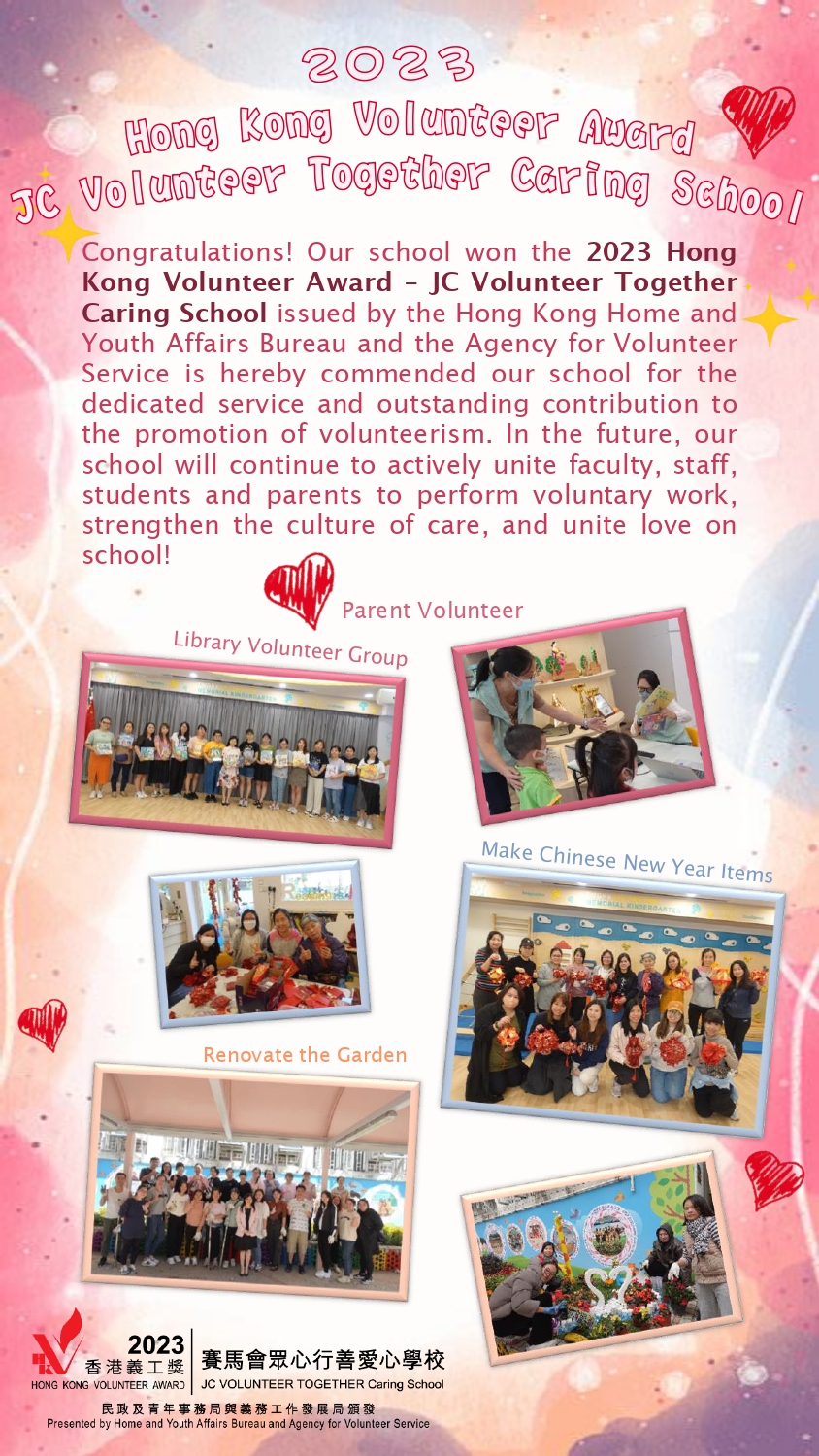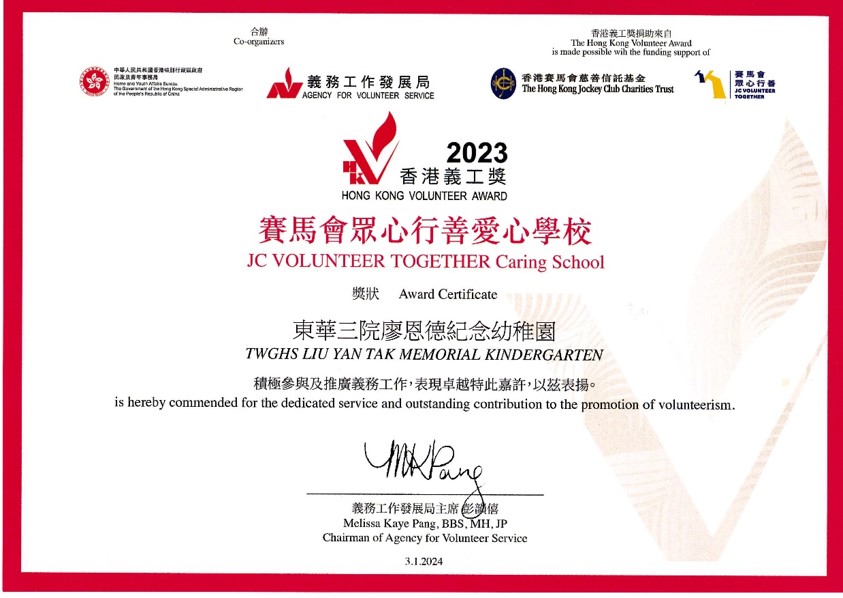Month: January 2024
How to cultivate a positive learning attitude in young children from an early age?
- Post author By system
- Post date 01/01/2024
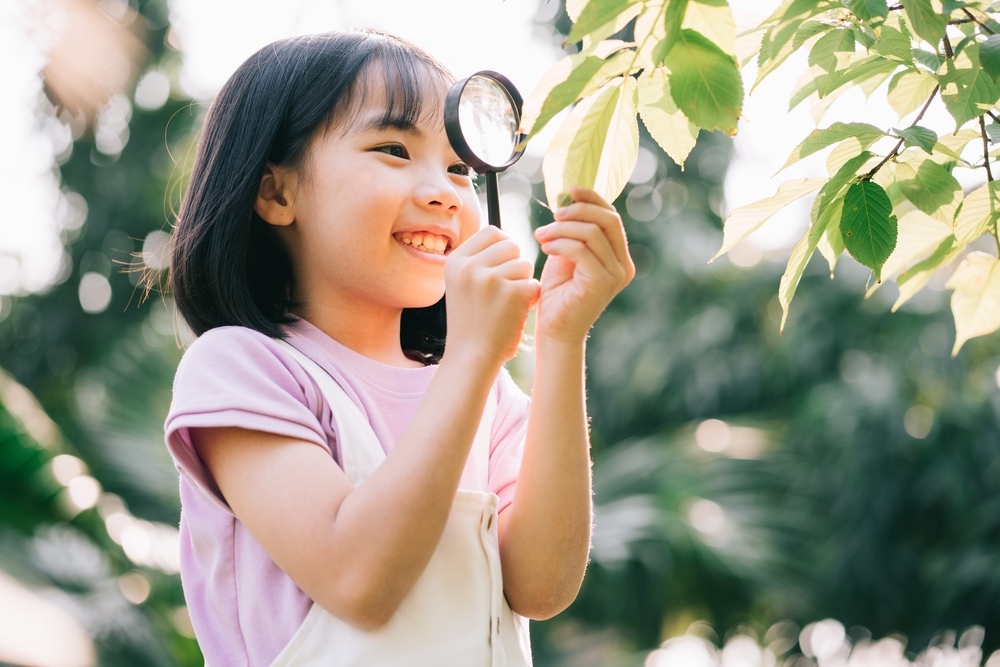
Parenting Tips
January 2024
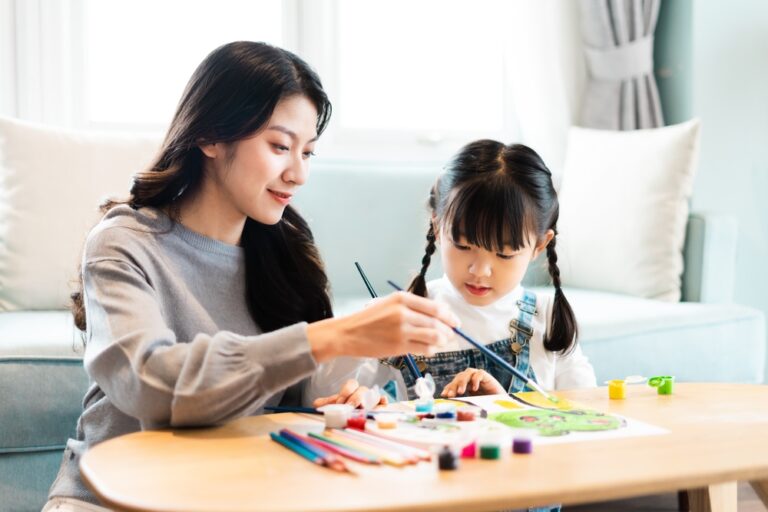
Written by: Director of Pario Arts, Lee Sou Jing
Everyone has creativity and artistic potential. If properly nurtured, it can enhance one’s moral sentiments and make life more perfect. In the artistic atmosphere, diverse activities inspire individuals’ creativity, aesthetic sense, and diverse abilities, promoting holistic development. ‘Love’ is the driving force of creation. In a free, democratic, safe, and harmonious environment and atmosphere, it is the expression of ‘love,’ emphasizing mutual tolerance, acceptance of different opinions, and respect for and acceptance of others. So, how can parent-child creative art creation express ‘love’? Here, the author shares his views with all parents.
The significance of parent-child creative art creation:
- Art education starts with individuals. Parents try to engage in artistic creation to cultivate their children’s artistic accomplishments.
- The first lesson of art education begins with ‘listening’ and ‘acceptance.’ Parents learn to accept the diverse ways in which children express their creativity.
- Through the joint participation and experience of parent-child art creation, parents can get closer to and understand their children’s hearts.
- Parent-child art creation helps children to understand themselves and release emotions and stress.
- By integrating an atmosphere of mutual appreciation and respect, it reduces parental stress and anxiety, thereby enhancing parent-child relationships.
- Making parent-child fall in love with creation, integrating art into life, and enhancing the quality of life.
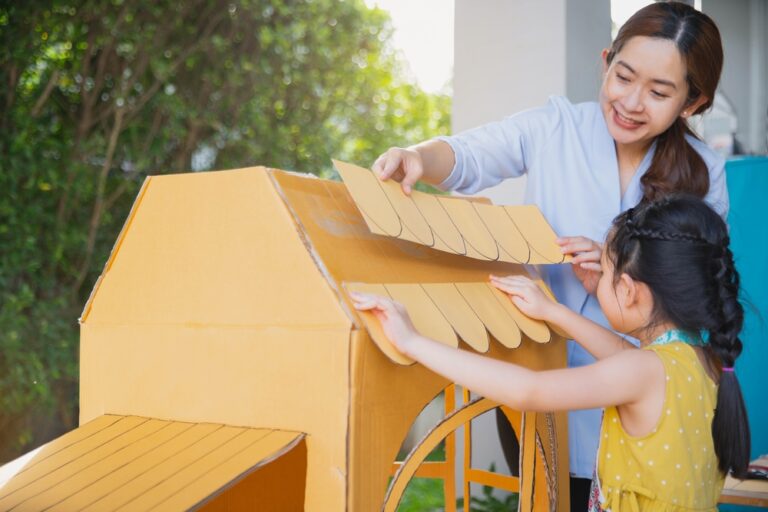
Artistic Cultivation Tips
- Cultivate a kind of knowledge in being human and enhance the ability to share, that is, ’empathy.’
- According to the research of psychologist Hoffman on the development of human empathy, ’empathy’ is the ability to understand the feelings of others and to put oneself in their shoes.
- The three steps of ’empathy’: (1) Imagine standing in the other person’s position (2) Identify the other person’s true feelings (3) Convey understanding and feelings to the other person.
- Empathy’ is an important ability in interpersonal relationships. Only those with ’empathy’ can establish good interpersonal relationships, self-discipline, and a sense of responsibility.
- Children at the age of 2 to 3 can already understand the feelings of others. In order for children to be compassionate, possess ’empathy,’ and understand love and care for others, it is very important for parents to lead by example.
Apart from good grades and getting into a good school, what else does a child need?
- Post author By system
- Post date 01/01/2024

Parenting Tips
January 2024

Written by: Ms Carmen Leung (Teacher Car Car)
Many parents often ask, “What is holistic education?” If we look at the profound wisdom of the Chinese people spanning thousands of years, it is about cultivating a child’s “virtue, intelligence, physical fitness, social skills, and aesthetics.” From the perspective of psychologists, it involves developing a child’s multiple intelligences. From an educational standpoint, it goes beyond the pursuit of knowledge; we also need to nurture a child’s values, attitudes, appreciation for art and culture, interpersonal skills, problem-solving abilities, and critical thinking. In simpler terms, from a commoner’s perspective, holistic education means enabling children to excel in academics, have many friends, possess positive thinking, and excel in various aspects such as music, sports, and art. Do you want your children to experience holistic development?
Multiple intelligences are categorized into seven types, with innate and nurtured aspects each accounting for half.
In common discourse, the concept of multiple intelligences is frequently mentioned. Let’s explore holistic education from a psychological perspective. The theory of “multiple intelligences” was proposed by Professor Howard Gardner of Harvard University in 1983. He discovered that intelligence could be classified into at least seven types: linguistic intelligence, logical-mathematical intelligence, spatial intelligence, musical intelligence, bodily-kinesthetic intelligence, interpersonal intelligence, and intrapersonal intelligence.
When we discuss “intelligence,” parents often associate it with genius or innate talents. Is intelligence something one is born with, or is it developed later in life? In reality, an individual’s intelligence is a combination of innate and nurtured factors. Each child has a range of innate intelligence, such as an IQ of 100-120. Regardless of the stimuli provided or efforts made, their IQ cannot exceed 120. So, do we still need to cultivate a child’s multiple intelligences? Absolutely! Because whether a child’s IQ stays at 100 or reaches 120, it depends on postnatal cultivation!

Each intelligence is equally important.
So, how should it be cultivated? Through practice? Classes? Exposure to the outside world? Engaging in sports or listening to music? In reality, different intelligences have different cultivation methods. Scholars propose multiple intelligences to remind everyone that when parents focus on cultivating their children’s academic subjects such as Chinese, English, and math, they should not forget that other intelligences are equally important, especially interpersonal communication skills and personal introspective intelligence. If a child lacks any of these, how can they navigate in society? Therefore, when choosing courses for our children, don’t just opt for academic classes, language classes, or literacy classes. We should pause and think, besides academic performance, in which areas does the child need improvement? How is their communication ability? Analytical skills? Personal introspective ability? If a child’s communication skills are lacking, should parents choose courses that provide sufficient space for communication with others, such as drama classes, to allow them more opportunities to express themselves?
Remember the underlying meaning behind what I said about “multiple intelligences.” Take a moment to pause and consider the child’s development in areas beyond academics!
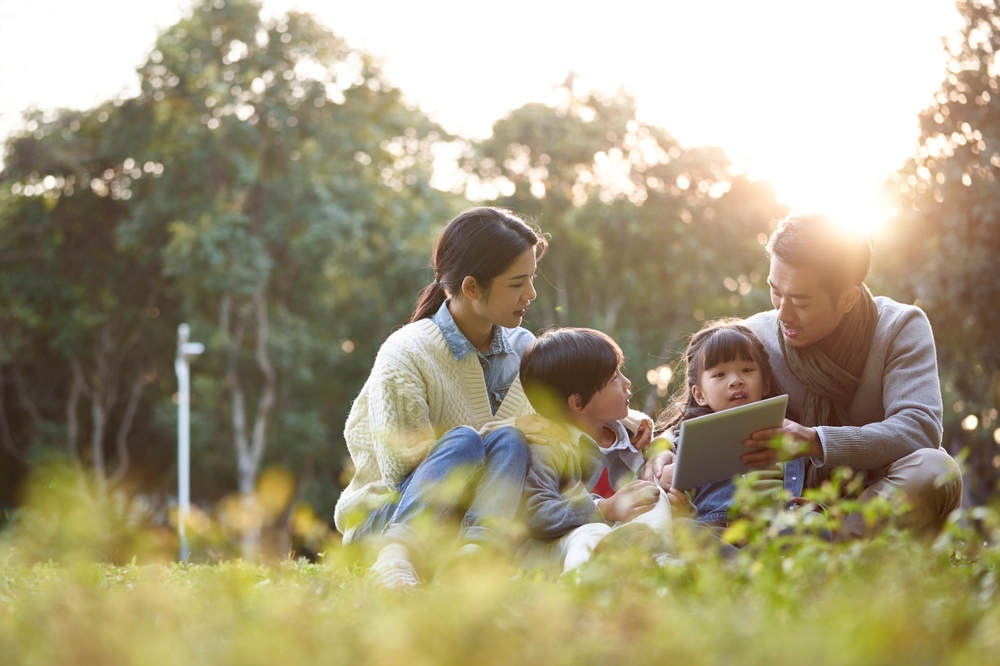
Parenting Tips
January 2024
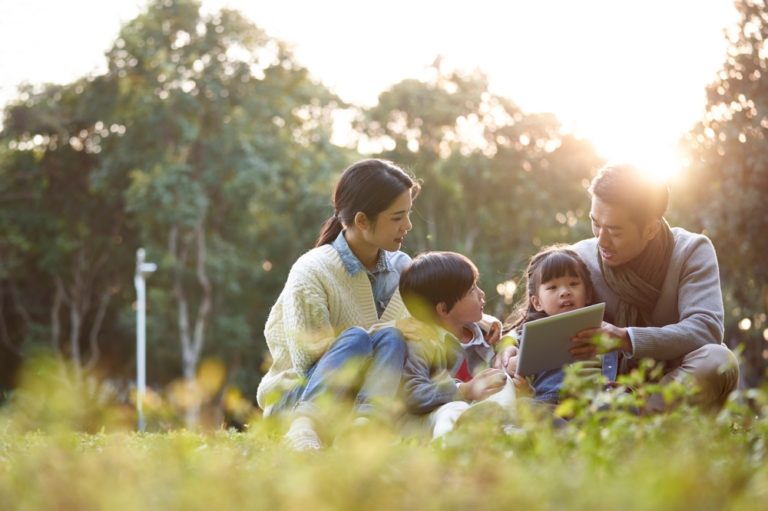
Written by: Senior Early Childhood Education Consultant, Miss Mok Loi Yan
Many parents have asked me about storytelling topics that are challenging to explain to young children, such as stories involving death, like “The Little Match Girl,” or stories with violence, like “Little Red Riding Hood.” Due to the detailed depiction of events in the storybooks and lifelike illustrations, children may experience significant fear of death after listening to or reading such stories. They might be unable to express their inner discomfort, and some children even burst into tears after hearing these stories. What was originally meant to be an enjoyable parent-child storytelling time ends up having the opposite effect, triggering a heavy psychological burden on the children and leaving parents feeling guilty and unsure of how to handle the aftermath.
Fewer Characters, Positive Plot
I advise parents to start by selecting stories that are deemed suitable for a child’s mental and comprehension level from the vast array available in libraries. These stories typically have fewer characters, and a positive plot, and are easy for parents to use during interactive storytelling to help children understand causality and emotions. Stories with fewer characters allow children to focus more on understanding the transformation of the characters’ inner selves, behavior, and values within the story context.
Choosing stories with a positive plot helps build qualities such as self-awareness, problem-solving skills, confidence, and analytical ability in children. These positive aspects counterbalance stories with negative themes, bad situations in stories, or the ability to face difficulties in reality. Therefore, unless parents are certain that their children have accumulated a sufficient foundation of resilience from such stories and mental experiences, they should avoid exposing children to stories with terrifying or negative themes until these prerequisites are met.
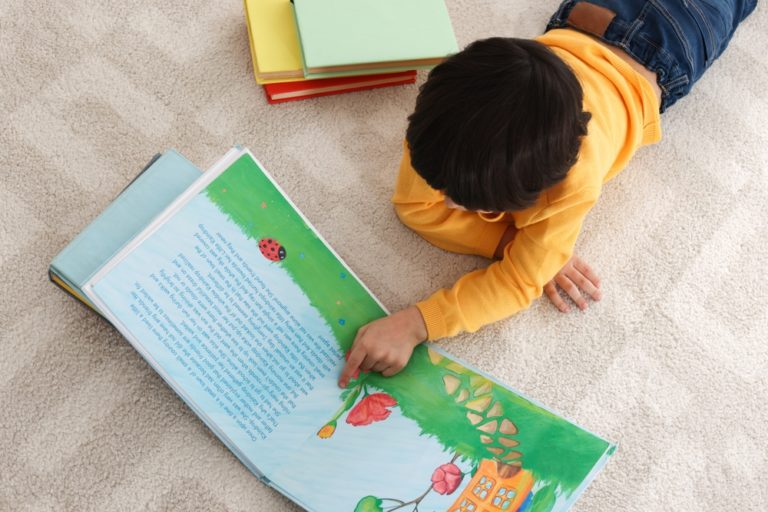
Inspiring Cognitive Growth and Positive Character Principles
Secondly, starting with the educational significance that stories bring to children, it is crucial to steadfastly adhere to the principles of inspiring children’s cognitive growth and fostering positive character development! Regardless of how convincingly the storyteller portrays evil and villains, don’t forget the original intention! Storytelling education is a process of interactive learning between the audience and the storyteller, stemming from the direct description of scenes, associated information, and the shared underlying meaning. These observations, descriptions, awareness, and interactive content arise from the mental and emotional states of the audience and storyteller at that moment, as well as their accumulated personal experiences.
The role of the storyteller in education is highly important. In addition to carefully preparing and reading the story content, emphasizing key points and conveying the underlying meaning clearly, the storyteller should also be prepared to trigger children’s thinking about people and events at certain points in the story. Providing opportunities for the exchange of values in description and atmosphere creation is essential. Most importantly, observe the audience’s reactions while listening to the story and engage in interactive parts that deepen thought and sustain curiosity.
Dramatization and interaction should be humanized
Thirdly, ensure that the dramatization and interaction by the storyteller have the invigorating effect of being humanized and appealing to innate goodness. Whether in stories or the real world, children face different psychological and situational challenges that provide them with important opportunities for development. These experiences make them happier and more resilient than children who grow up in a sheltered environment. As the guiding light for children, we should equip them with the abilities needed for their journeys in life. Therefore, gradually tailor stories to children’s life experiences and cognitive levels, providing narratives of different levels, encounters, or aspects of human nature for them to hear.
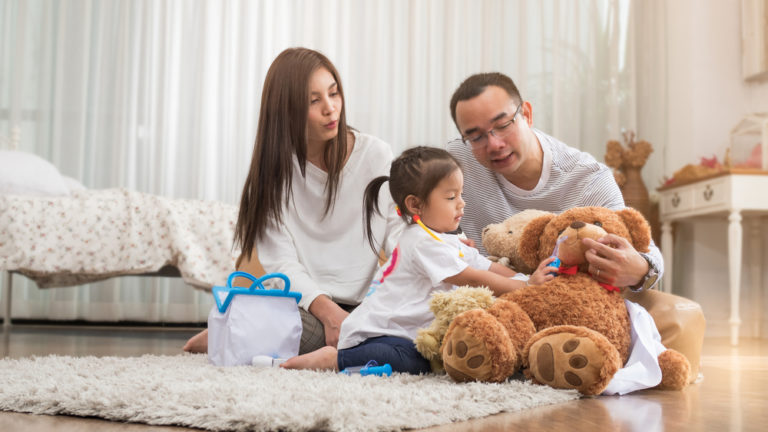
When the storyteller portrays negative characters or delves into psychological crossroads and choices involving human nature, it is even more crucial to vividly depict the inner dialogue of conscience. The storyteller, assuming a narrative role, should provide children with positive consequences as a reference and analyze the relationships between themselves, characters, and situations. When parents engage in storytelling education with children, any decisions made in response to presented scenarios must be voluntary. Allowing children to experiment, face challenges, or find solace in the virtual world is essential. Moreover, it is important to make children aware of the parents’ stance and understand that parents are open to discussion and can be approached for communication! If the interactions spark reflective thoughts on love in children, helping them find their position in these values, the storyteller has successfully illuminated an outstanding life for the child through the story.

